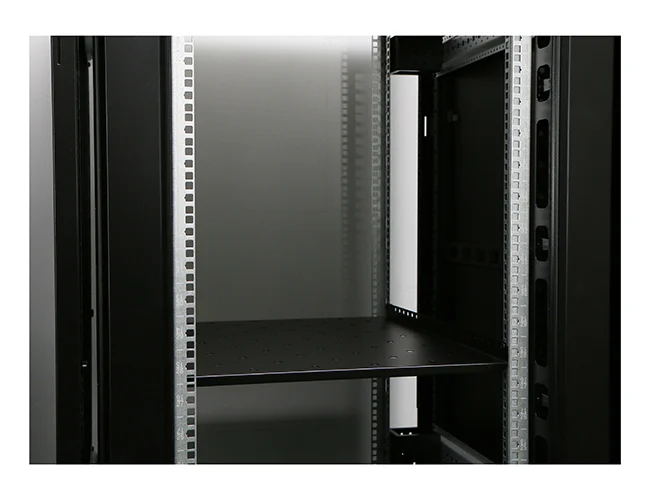News
Site Editor
 Site
https://leonetworkgroup.usa18.wondercdn.com/uploads/image/5fe152faa587d.png
Antenna cables are an essential component in any wireless communication system. They play a critical role in transferring the signals between the antenna and the receiver. The quality of the antenna cable is essential to ensure high-quality communication. Hence, it is necessary to test the antenna cable regularly to identify any faults or defects. In this article, we will discuss how to test an an
Site
https://leonetworkgroup.usa18.wondercdn.com/uploads/image/5fe152faa587d.png
Antenna cables are an essential component in any wireless communication system. They play a critical role in transferring the signals between the antenna and the receiver. The quality of the antenna cable is essential to ensure high-quality communication. Hence, it is necessary to test the antenna cable regularly to identify any faults or defects. In this article, we will discuss how to test an an
How To Test Antenna Cable
Views: 616
Author: Site Editor
Publish Time: 2023-07-17
Origin: Site
Antenna cables are an essential component in any wireless communication system. They play a critical role in transferring the signals between the antenna and the receiver. The quality of the antenna cable is essential to ensure high-quality communication. Hence, it is necessary to test the antenna cable regularly to identify any faults or defects. In this article, we will discuss how to test an antenna cable.
1. Visual Inspection
The first step in testing an antenna cable is to conduct a visual inspection. Inspect the cable for any physical damages, such as cuts, kinks, or bends. Check for any signs of corrosion, rust, or oxidation. If any of these damages are present, it can result in signal loss or degradation. Replace the damaged cable.
2. Continuity test
The continuity test is performed to test the electrical connection of the cable. The test is conducted by using a multimeter. Connect one end of the multimeter lead to one end of the cable's connector and the other end to the other end of the connector. If there is continuity, it means that the cable has not been cut or broken, and there is a good electrical connection.
3. Ohmmeter Test
An ohmmeter test is conducted to check the resistance of the antenna cable. Connect one end of the ohmmeter lead to one end of the cable's connector and the other end to the other end of the connector. If the resistance is too high or too low, it indicates that there is a problem with the cable.
4. SWR Test
A Standing Wave Ratio (SWR) test is conducted to check the antenna cable's impedance match. An impedance mismatch can lead to signal loss or reflections, which can result in poor signal quality. Connect the SWR meter to the antenna cable and check the readings. If the reading is too high, it means that there is an impedance mismatch. Adjust the cable's length or replace it.
5. Signal Test
The signal test is conducted to check the signal quality of the antenna cable. Connect the cable to the antenna and the receiver. Check the signal strength and quality. If the signal strength is not sufficient, it means that there is signal loss or degradation. Check for any damages or defects and replace the cable if necessary.
Conclusion
Testing the antenna cable is essential to ensure good signal quality and prevent communication problems. A damaged or faulty antenna cable can result in signal loss, which can be detrimental to any communication system. Conduct regular tests to identify any faults or defects and take appropriate action to rectify them. Always use good quality cables to ensure optimal performance.
Overall, when testing an antenna cable, it is important to thoroughly inspect the cable, conduct continuity, ohmmeter, SWR, and signal tests, and replace the cable if necessary. By doing so, communication systems can maintain seamless performance over time.
If you want to know more about industrial network cabinet,china fiber optic splice closure,china fiber optic distribution box,please consult the fiber optic splice closure factory









